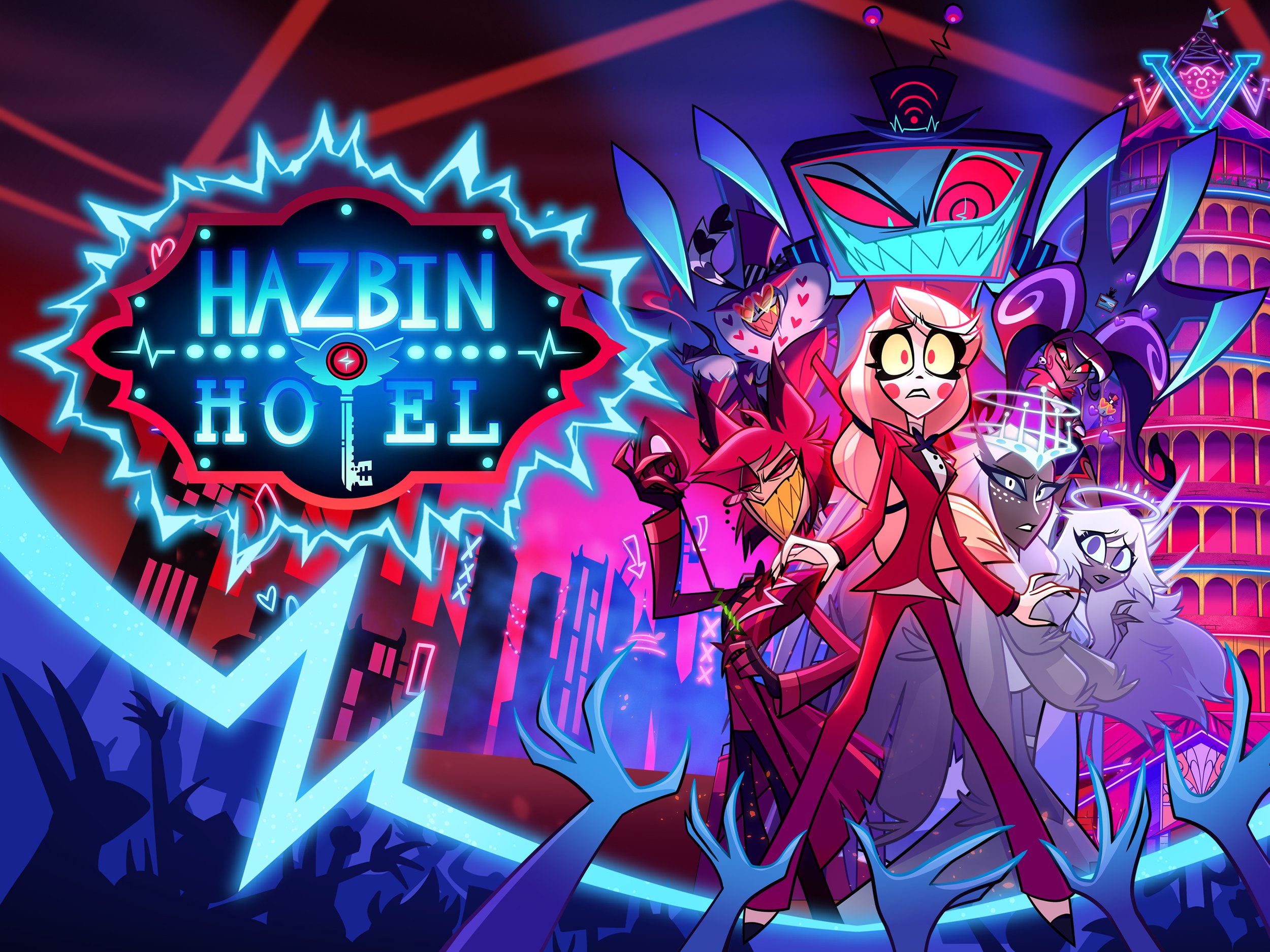Light, Darkness, and Desire: A Psychological Reading of the Rey–Kylo Ren Kiss
When Star Wars: The Rise of Skywalker was released in 2019, few scenes provoked more debate than the brief kiss between Rey and Kylo Ren. For many viewers, it seemed forced, a perfunctory nod to fan service that paired two attractive leads because cinematic convention demanded it. Others saw it as the culmination of a long emotional arc, a moment of reconciliation between light and dark. Beyond narrative satisfaction or disappointment, however, this kiss opens up deeper questions about human attraction, moral alignment, and the psychology of intimacy across ideological divides. Can affection or desire coexist with moral opposition? Why might someone be drawn to a person whose values or actions they find abhorrent? These questions are not confined to fantasy. They mirror tensions that appear in real human relationships, where politics, ethics, and emotion often collide.
The Narrative and Symbolic Context
Throughout the sequel trilogy, Rey and Kylo Ren (Ben Solo) exist as narrative and emotional mirrors. Rey represents renewal and resilience, while Kylo embodies the corruption of idealism into domination. Their psychic connection, described as a "Force dyad," fuses them into a shared consciousness that transcends physical space. The kiss at the film’s end follows Kylo’s act of redemption, when he renounces the identity of Kylo Ren and reclaims his birth name, Ben. The moment can be interpreted as symbolic closure: Rey, the embodiment of light, embraces the redeemed darkness. Yet to stop there would be to miss the psychological richness of the scene.
In mythological terms, this union fits the archetype of coniunctio oppositorum—the union of opposites. In Jungian psychology, such an encounter represents the integration of the shadow, the parts of the self that have been repressed or denied. Rey’s acceptance of Ben could signify her own acceptance of aggression, fear, and vulnerability, while Ben’s openness to Rey marks his recognition of compassion and conscience. The kiss, in this framework, would be less romantic than psychological, a symbol of wholeness.
However, from an empirical standpoint, the “opposites attract” idea has long been challenged. Research in social and relationship psychology consistently finds that similarity, not opposition, predicts both attraction and long-term compatibility. People tend to be drawn to those who share their values, worldviews, and communication styles. The mythic appeal of opposites uniting may capture something emotionally resonant, but it is not a reliable model of real human relationships. To understand Rey and Kylo’s dynamic, we must instead examine the psychological mechanisms that can create attraction even in the face of moral conflict.
Arousal, Proximity, and the Misattribution of Emotion
One key concept is the misattribution of arousal, first demonstrated in the classic 1974 “shaky bridge” experiment by Dutton and Aron. Participants who met an attractive person while crossing a fear-inducing bridge were more likely to report romantic attraction than those who met on stable ground. The heightened physiological arousal caused by fear was misinterpreted as desire.
Rey and Kylo’s relationship unfolds almost entirely within contexts of conflict, peril, and heightened emotion. Every encounter is charged with danger, vulnerability, and intensity. From a psychological standpoint, this continuous arousal could easily be transmuted into feelings of intimacy or passion. The more they fight, the stronger the emotional bond becomes, even when the feelings are hostile. This process mirrors how some people mistake the adrenaline of conflict for love. In real-world terms, it reflects relationships forged through shared crises or high drama, which can feel intoxicating but often lack the stability required for enduring connection.
Cognitive Dissonance and the Rationalization of Attraction
Another psychological mechanism at play is cognitive dissonance. When people experience attraction toward someone whose values or actions they condemn, they face internal conflict between emotional desire and moral judgment. To reduce this discomfort, individuals often reframe the situation. They may excuse the other person’s behavior, emphasize their potential for change, or reinterpret moral incompatibility as complexity.
Rey’s attraction to Ben can be read through this lens. Although she witnesses Kylo’s cruelty and manipulation, she also glimpses his inner struggle and capacity for remorse. Her emotional bond allows her to reframe his behavior as a symptom of pain rather than evil. She believes in the possibility of redemption, which justifies her compassion. This process is familiar in real relationships where one partner believes they can “save” or transform the other. It reflects a pattern of romantic idealization, in which affection depends on perceiving hidden goodness beneath destructive behavior.
Cognitive dissonance reduction can be adaptive when it allows empathy and forgiveness, but it becomes dangerous when it enables denial of harm. Many people in abusive or morally conflicting relationships maintain attachment by focusing on potential rather than reality. Rey’s kiss, then, could be seen as a psychological resolution to her dissonance. She no longer has to reconcile attraction and morality because, in her eyes, Ben has finally redeemed himself.
The Paradox of Redemption and the Psychology of the “Bad Person”
The allure of redemption is central to both fiction and psychology. Humans are drawn to narratives of transformation because they suggest that moral identity is fluid and that love can be a catalyst for change. The archetype of the “redeemed villain” speaks to the hope that even the darkest individual can return to the light. This connects to what social psychologists call moral identity repair, the process by which individuals attempt to restore a sense of goodness after moral transgression. Observers are often more forgiving of people who show visible remorse, and affection may even strengthen when repentance appears authentic.
For Rey, Ben’s return to the light side validates her earlier intuition that goodness still lived within him. The kiss, in this sense, is not about attraction to evil but confirmation of her belief in moral restoration. Yet the fantasy of redeeming the “bad person” can also reflect an unconscious drive to master trauma or reconcile internal contradictions. People who have experienced betrayal or rejection sometimes seek to recreate similar dynamics with the hope of producing a different outcome. Rey, abandoned as a child, might unconsciously be drawn to the challenge of turning an enemy into an ally, transforming abandonment into connection.
Power Asymmetry and the Romanticization of Harm
While the analysis of redemption focuses on Ben Solo’s potential for goodness, a critical psychological lens must acknowledge the asymmetrical power dynamics of the relationship, a tension that fuels fan controversy. Kylo Ren was not merely ideologically opposed to Rey; he was her captor, interrogator, and abuser of trust throughout the trilogy.
In real-world psychology, relationships marked by severe, repeated moral harm are viewed through the lens of trauma and control. Attraction in these contexts can become complex:
Trauma Bonding: The intensity of conflict and intermittent reward (moments of shared vulnerability or connection, immediately followed by hostility) creates an addictive emotional cycle known as trauma bonding. This dynamic often confuses intense emotional dependence with genuine intimacy.
Psychological Control: As the Supreme Leader and a more experienced Force user, Kylo Ren held immense objective power over Rey. The psychological act of forgiving or transforming an abuser can sometimes be an unconscious attempt by the victim to regain control over a traumatic narrative. Rey’s focus on Ben’s inner light serves as her mechanism for survival and narrative mastery, but it risks minimizing the real harm Kylo inflicted.
The fantasy narrative of the redeemed villain often relies on the moral slate being instantly wiped clean. However, the psychological reality is that genuine intimacy requires accountability and enduring trust, neither of which can be fully established in the fleeting moment of the kiss. The controversial nature of the scene stems precisely from this tension: the mythic demand for a romantic conclusion clashes violently with the ethical and psychological demands of reconciling with an aggressor. The kiss, therefore, also functions as a stark example of how fiction can romanticize moral asymmetry, portraying affection as sufficient payment for past brutality.
Political and Moral Incompatibility in Real Relationships
Taken as the the Light Side to be progressive idealism, and the Dark Side as authoritarian extremism, then their kiss becomes something like the symbolic union of two fundamentally opposed worldviews. In politically polarized societies, romantic or familial relationships across ideological lines test the limits of empathy and tolerance. Research on political homophily shows that people overwhelmingly prefer partners who share their political and moral outlooks. When differences exist, couples often rely on compartmentalization, separating the political from the personal to preserve harmony.
However, attraction across strong moral divides can still occur. As individuals can be drawn to qualities they lack or suppress within themselves. A person who values order and control may feel fascinated by someone spontaneous and rebellious, and vice versa. This dynamic does not necessarily produce healthy relationships, but it can create powerful initial chemistry. In Rey and Kylo’s case, each represents what the other fears and desires: Rey fears her own darkness, while Kylo yearns for the moral clarity he lost. Their intimacy reflects a psychological balancing act, not ideological compatibility.
The Biology of Intensity
Beyond moral and cognitive factors, the biological components of attraction cannot be ignored. High-stress situations increase levels of adrenaline and cortisol, which heighten emotional intensity and memory consolidation. The body “remembers” these encounters as significant. Neurochemically, attraction is reinforced through dopamine release, which rewards attention and pursuit. In conflict-driven relationships, the cycle of tension and reconciliation can become addictive. Each confrontation is followed by relief or tenderness, producing powerful emotional highs.
This intermittent reinforcement resembles the mechanism of behavioral addiction, where unpredictable rewards strengthen attachment. In fiction, it sustains the viewer’s investment. In real life, it can trap individuals in tumultuous or unhealthy relationships that feel impossible to leave. The Rey–Kylo bond exemplifies this intensity. Their connection, born in violence and amplified by psychic closeness, operates on the edge of attraction and annihilation.
Integrating the Shadow: A Modern Reinterpretation
Returning to Jung, the kiss can still be understood as a metaphorical act of integration, but modern psychology offers a more grounded interpretation. The “shadow” in contemporary terms represents the disowned aspects of the self—traits we reject because they conflict with our self-image. Integration does not mean embracing evil but acknowledging the capacity for aggression, desire, and contradiction that exists in everyone.
Rey’s journey toward self-knowledge requires her to confront the darkness within herself, symbolized by her link to Kylo. Her acceptance of him parallels her acceptance of that inner complexity. From this view, the kiss is less about romantic union and more about psychological synthesis: the moment she can hold light and dark together without denial. This interpretation aligns mythic symbolism with evidence-based theories of self-integration and emotional regulation. It acknowledges the archetypal resonance of “opposites,” while rejecting the pseudoscientific claim that opposites are naturally drawn together in relationships.
Simply Put
The Rey–Kylo dynamic illustrates both the appeal and the peril of intimacy across moral divides. Compassion can coexist with condemnation, but attraction can easily blur into complicity. Psychologically healthy relationships require shared ethical ground, mutual respect, and boundaries that prevent empathy from becoming self-erasure. Rey’s compassion redeems Ben, but in life, compassion alone rarely transforms destructive behavior. Genuine change requires accountability, not salvation through affection.
Understanding this distinction helps explain why narratives like Rey and Kylo’s are both compelling and controversial. They dramatize the human longing to heal division through love, yet they also risk romanticizing harm and moral asymmetry. Viewers sense this tension intuitively, which is why the kiss provokes discomfort as well as fascination.
The kiss between Rey and Kylo Ren is more than a piece of cinematic fan service. It encapsulates the complexity of human attraction, the struggle between moral clarity and emotional ambiguity, and the enduring myth of redemption through love. While the idea that “opposites attract” does not hold up to empirical scrutiny, the emotional truth behind it persists. We are often drawn to what reflects our unacknowledged selves, to the possibility of reconciling what feels irreconcilable.
In the symbolic language of Star Wars, the kiss marks the integration of shadow and light, the brief harmony of conflict and compassion. In the language of psychology, it reveals how attraction can arise from shared intensity, cognitive dissonance, and the longing for redemption. And in the language of everyday life, it reminds us that love across moral or ideological lines is possible only when both sides are willing to confront their darkness honestly. Otherwise, what looks like unity is only a momentary illusion—a spark between light and dark before the balance tips once again.
References
Alford, John R.; Funk, Carolyn L.; and Hibbing, John R., "Are Political Orientations Genetically Transmitted?" (2005). Faculty Publications: Political Science. 7. https://digitalcommons.unl.edu/poliscifacpub/7
Aron, A., Dutton, D. G., Aron, E. N., & Iverson, A. (1989). Experiences of falling in love. Journal of Social and Personal Relationships, 6(3), 243–257. https://doi.org/10.1177/0265407589063001
Baumeister, R. F., & Leary, M. R. (1995). The need to belong: Desire for interpersonal attachments as a fundamental human motivation. Psychological Bulletin, 117(3), 497–529. https://doi.org/10.1037/0033-2909.117.3.497
Byrne, D. (1971). The attraction paradigm. Academic Press.
Cialdini, R. B., Brown, S. L., Lewis, B. P., Luce, C., & Neuberg, S. L. (1997). Reinterpreting the empathy–altruism relationship: When one into one equals oneness. Journal of Personality and Social Psychology, 73(3), 481–494. https://doi.org/10.1037/0022-3514.73.3.481
Festinger, L. (1957). A theory of cognitive dissonance. Stanford University Press.
Fraley, R. C., & Shaver, P. R. (2000). Adult romantic attachment: Theoretical developments, emerging controversies, and unanswered questions. Review of General Psychology, 4(2), 132–154. https://doi.org/10.1037/1089-2680.4.2.132
Jonason, P. K., Li, N. P., & Buss, D. M. (2010). The costs and benefits of the Dark Triad: Implications for mate preferences. Personality and Individual Differences, 48(4), 373–378. https://doi.org/10.1016/j.paid.2009.11.003











